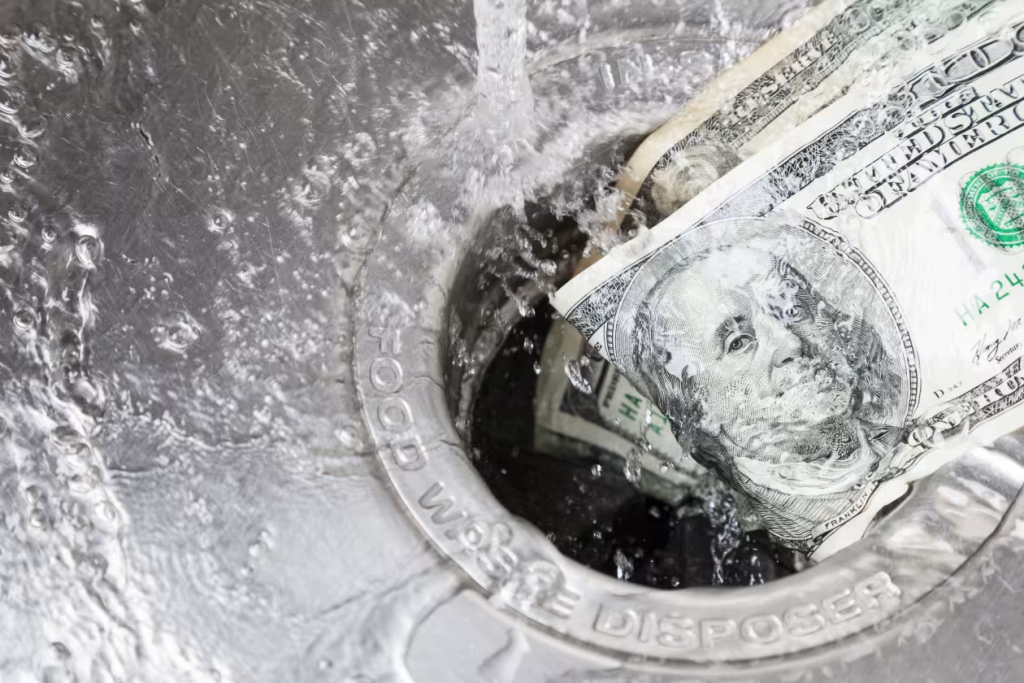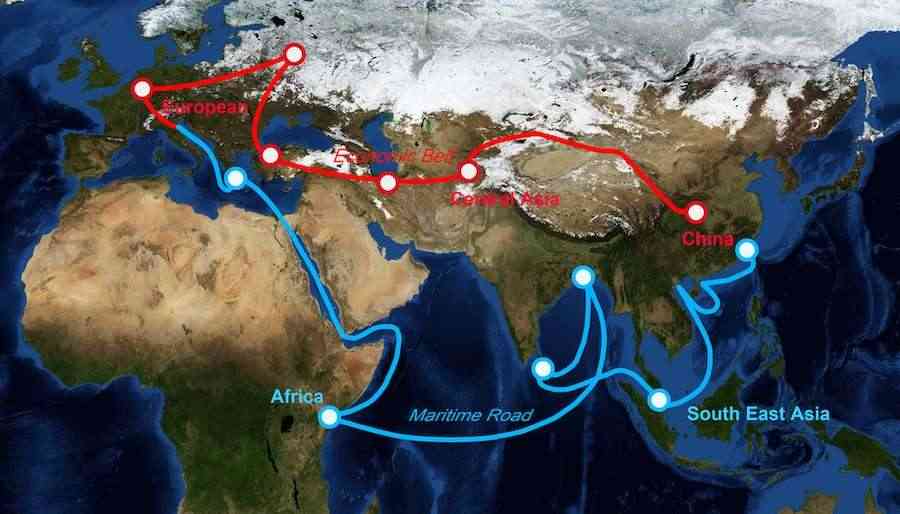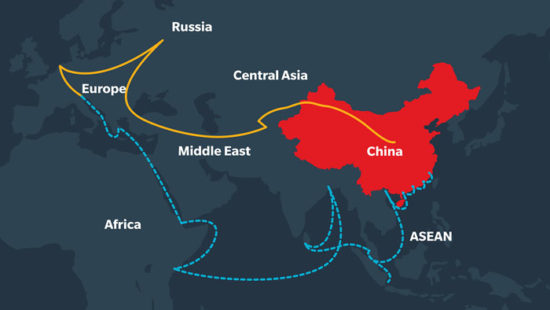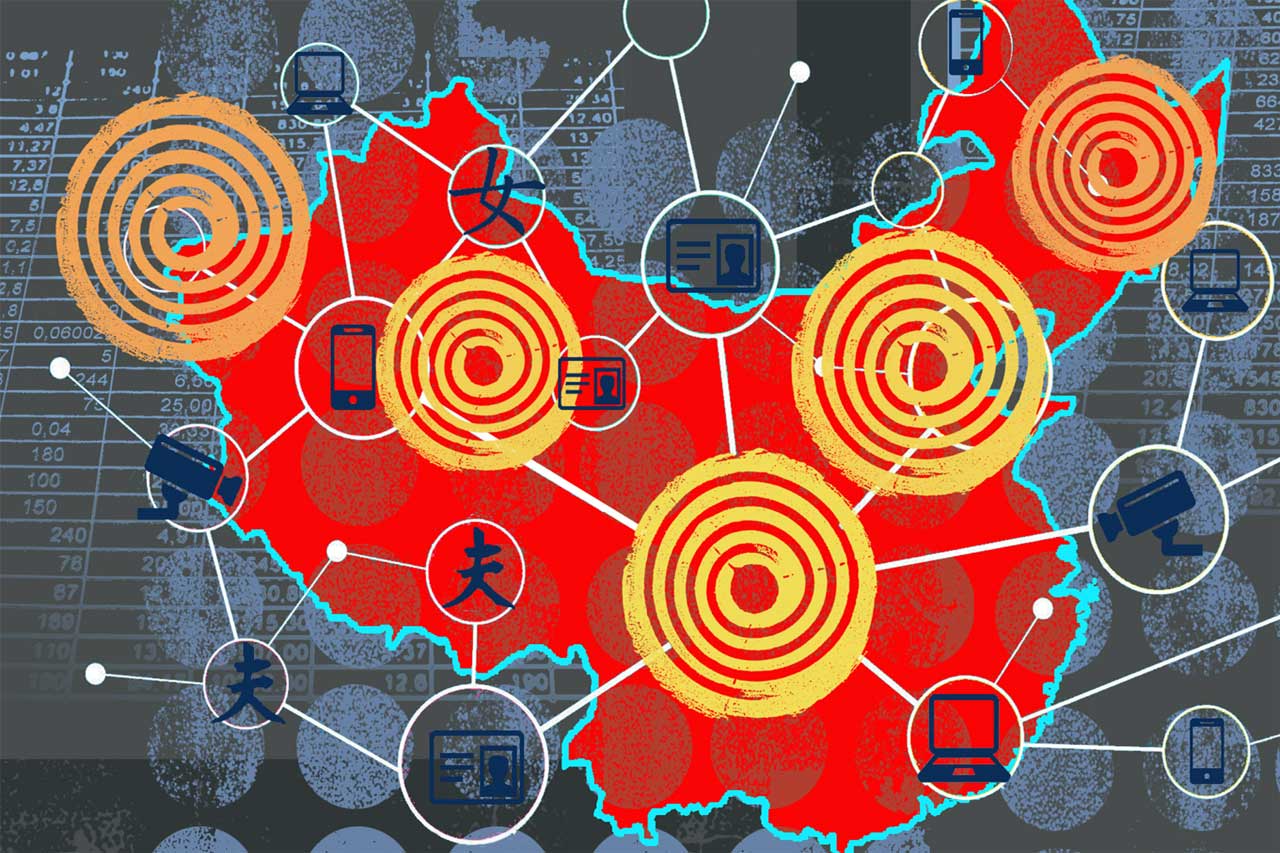In recent weeks, the global financial landscape has been tumultuous, with markets experiencing significant volatility. At the heart of this upheaval is former President Donald Trump’s aggressive tariff strategy, which has sparked widespread debate and concern among investors and economists alike. The central question emerging is: What is the real motivation behind Trump’s push for economic disruption, and why should investors be particularly wary? Trump’s latest chaos tariff strategy is shaking global markets and stoking fears of recession. Here’s why it may be a calculated move — and why investors should brace for long-term consequences.
The Tariff Turmoil
On April 2, 2025, dubbed “Liberation Day,” President Trump announced sweeping tariffs affecting nearly all imports into the United States. This included a baseline tariff of 10% on most imports, with significantly higher rates for specific countries—54% on Chinese goods, 20% on European Union products, and 46% on Vietnamese imports. The immediate aftermath saw global stock markets plummet; the Dow Jones Industrial Average lost over 4,000 points within 48 hours, marking one of the most severe declines since the 2020 market crash.
Investor Anxiety and Market Volatility
The abrupt implementation of these tariffs has led to heightened anxiety among investors. Financial advisors report an influx of concerned clients seeking guidance on how to navigate the unpredictable market conditions. Despite the turmoil, many investors are choosing to remain in the market, albeit with a cautious outlook.
Potential Motives Behind the Trump’s Chaos
Speculation abounds regarding Trump’s intentions with these economic policies. Some analysts suggest that the chaos serves a strategic purpose: by creating economic instability, there may be an attempt to pressure the Federal Reserve into lowering interest rates. Lower rates could, in theory, stimulate borrowing and investment, potentially boosting the economy in the short term. However, this approach is fraught with risk and has been met with skepticism.

Recession Fears and Stagflation Risks
Economists are increasingly concerned that the tariff-induced disruptions could push the U.S. economy toward a recession. JPMorgan has raised its recession probability forecast to 60%, citing the tariffs as a significant tax hike on consumers and businesses. There’s also the looming threat of stagflation—a rare economic condition characterized by stagnant growth, rising inflation, and high unemployment. The tariffs act as a supply shock, increasing production costs and consumer prices while dampening economic activity.
The international response has been swift and retaliatory. China imposed a 34% tariff on U.S. goods, and other trading partners are considering similar measures. This escalation threatens to further destabilize global trade and economic growth. Investors are advised to exercise caution, as the interplay of tariffs and retaliatory measures could lead to prolonged market volatility and economic downturns.
Conclusion
While the true motivations behind Trump’s tariff strategy remain a topic of debate, the immediate impact is clear: increased market volatility, heightened recession risks, and a challenging environment for investors. It’s imperative for investors to stay informed, assess their risk tolerance, and consider diversifying their portfolios to mitigate potential losses in this unpredictable economic climate.





